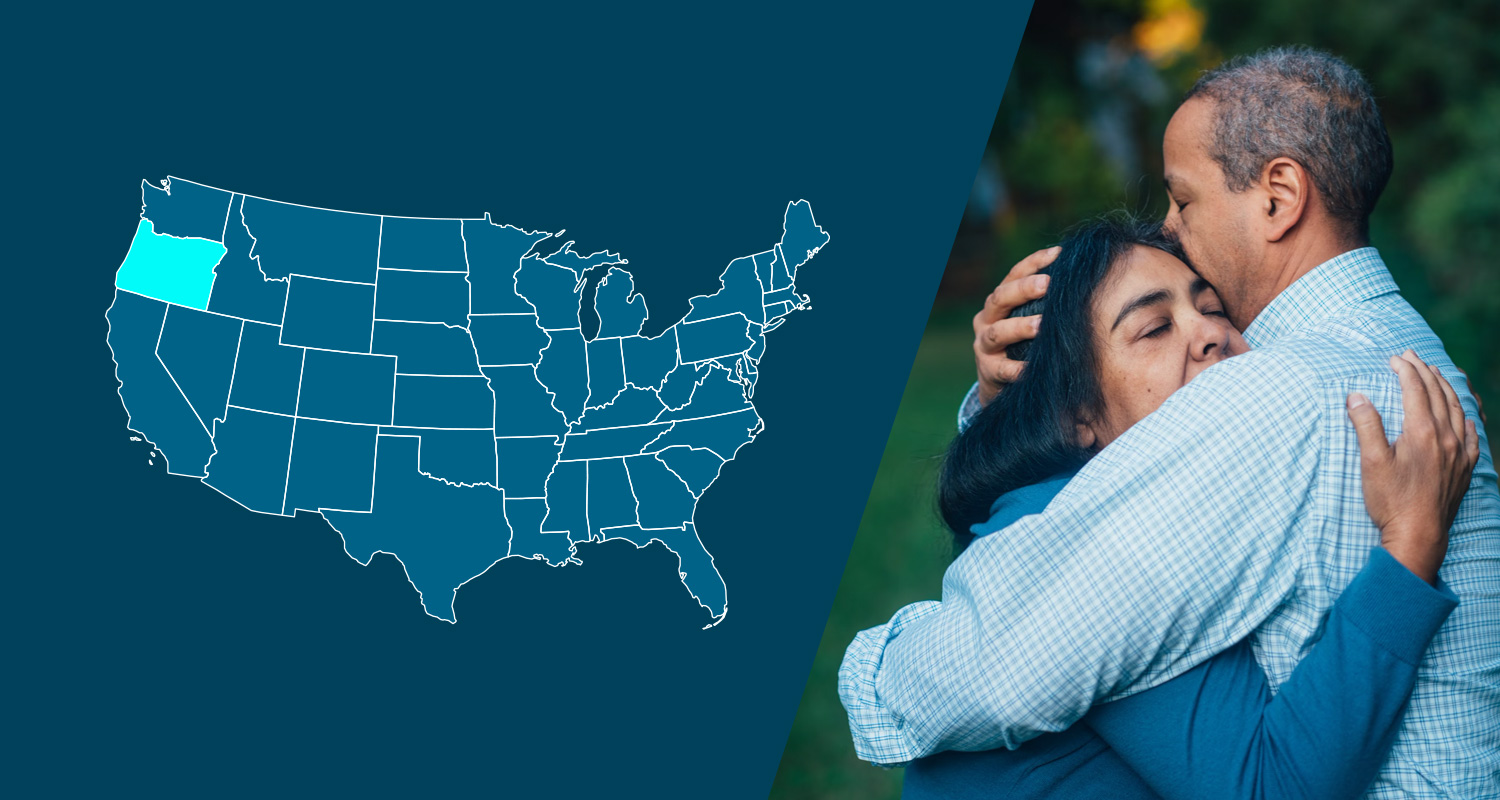Summary:
New York Paid Family Leave (PFL) is a new benefit program that offers paid leave to New York employees while they bond with a new child, care for a close relative with a serious health condition, or when an employee’s family member is called to active military service. PFL will phase in over a period of 4 years and it takes effect on January 1, 2018.
Which Employers are Subject to this Law?
An employer with employees working in New York for 30 or more days in a calendar year must obtain PFL coverage. PFL is for individuals who work in New York; it does not matter where the employer is located or where the employee lives. Even if you only have one employee working in New York, that employee will be covered.
When do Employees become Eligible for PFL?
- Employees who work 20 or more hours per week become eligible for PFL after they have worked for 26 consecutive weeks.
- Employees who work less than 20 hours per week are eligible for PFL after 175 days of work (they are eligible on day 176).
Waivers:
Employees cannot opt out of the PFL program unless they are in a temporary position that will not allow them to attain the 26 consecutive weeks or the 175-day requirement. Employees who will not meet the time requirement must be provided with a waiver form.
Program Funding:
The premium cost for PFL coverage will be fully funded by employees through payroll deductions. Employers may also choose to fund this benefit and not take any employee payroll deductions. Payroll deductions should be started by January 1, 2018.
Calculating Payroll Deductions:
1. New York State sets a “premium rate” every year that determines an employee’s maximum PFL contribution. The premium rate is a percentage of an employee’s salary, meaning employees with higher incomes will pay higher payroll deductions than those with lower incomes. The premium rate for PFL coverage beginning in 2018 has been set at 0.126% of the employee’s weekly wage. You can read more about the PFL premium rate here.
2. The percentage amount of an employee’s income will be capped at New York’s “current average weekly wage,” which will be released annually and measured from the previous year. New York’s current average weekly wage (for calendar year 2016) is $1,305.92. This amount is updated annually and can be found here. As such, the current maximum payroll deduction, or cap amount is $85.56 maximum for 2018. If an employee’s weekly wage is below the current average weekly wage ($1,305.92), the deduction amount will be lower. Once an employee has contributed the maximum contribution, no further deductions should be taken for the balance of the calendar year.
Note: Deduction amounts will vary based on annual rates and individual employee wages. Employers should update the premium rate and average weekly wage amounts on a yearly basis to ensure the proper deductions are being taken.
Employer Action Items:
Ensure you have PFL Coverage.
- If you are self-insured for disability, you may purchase a separate PFL policy or apply to self-insure.
- Generally, PFL will be added to the disability insurance policy you already carry.
Post a Workforce Notice.
- Your insurance carrier will provide a Notice of Compliance stating you have PFL insurance.
- If you are self-insured, you can get this notice by contacting the Board at Certificates@wcb.ny.gov to obtain the required notice.
- Post and maintain this notice in a conspicuous place, like what is required for Worker’s Compensation and Disability Insurance coverage.
Inform Your Employees About PFL.
- Update appropriate written materials that you give your employees, such as employee handbooks, etc.
Update Your Payroll Processes.
- Update internal processes or work with your external payroll manager to collect the employee payroll withholdings that pay for PFL insurance.
Inform Non-Eligible Employees About Waivers.
- Identify employees who will not qualify for the minimum amount of time required for eligibility and let them know they can choose to waive coverage.
- Employees will need to complete a waiver.
- Keep a copy of completed waivers on file.
Familiarize Yourself with PFL Forms and Other Resources. You are not required to use the forms provided by the state.
- Review and fill out Part B of the claim form when received from an employee and return it to the employee within 3 business days (this process is outlined on the claim form).
- The employee should then submit the form and supporting documentation to the insurance carrier.
- The insurance carrier will accept or deny the claim within 18 days.
Sequoia Clients:
Your Client Service Manager will be able to provide you with a Reference Guide, as well as a template employee communication that will assist you to notify your employees about New York Paid Family Leave.
Important NY PFL Resources:
- Employee PFL Opt-Out and Waiver of Benefits (only for employees who will not work long enough to become eligible for the benefit)
- Statement of Rights (for employees)
- Request to Bond with a Newborn, a Newly Adopted or Fostered Child
- Request to Care for a Family Member with Serious Health Condition
- Request for PFL in Connection with a Military Deployment
- New York State Department of Taxation and Finance Notice (discussing tax implications)
- New York Paid Family Leave Website
- Weekly Payroll Deduction Calculator
- Subscribe to New York PFL Updates Here
- New York Paid Family Leave Hotline: 844-337-6303
The information and materials on this blog are provided for informational purposes only and are not intended to constitute legal or tax advice. Information provided in this blog may not reflect the most current legal developments and may vary by jurisdiction. The content on this blog is for general informational purposes only and does not apply to any particular facts or circumstances. The use of this blog does not in any way establish an attorney-client relationship, nor should any such relationship be implied, and the contents do not constitute legal or tax advice. If you require legal or tax advice, please consult with a licensed attorney or tax professional in your jurisdiction. The contributing authors expressly disclaim all liability to any persons or entities with respect to any action or inaction based on the contents of this blog.



